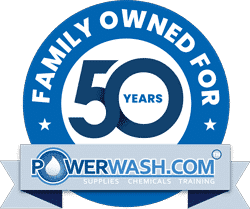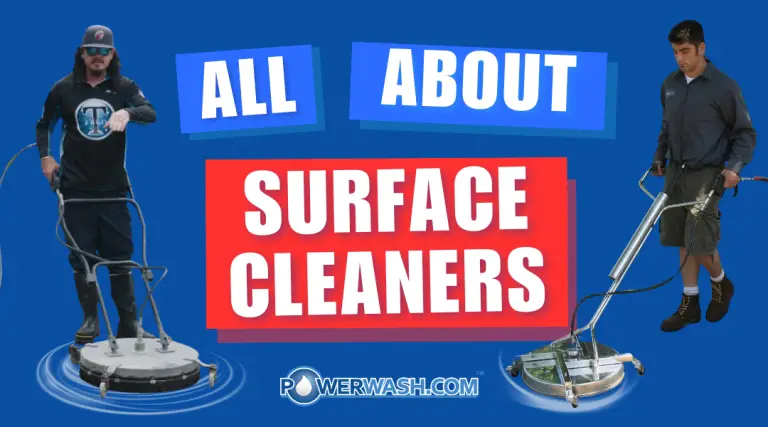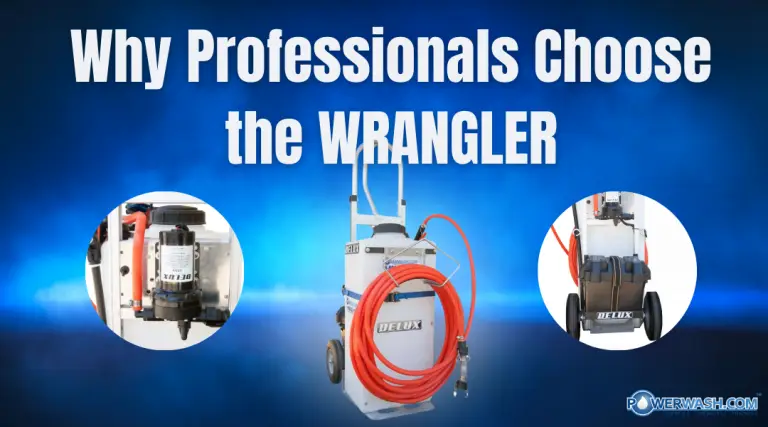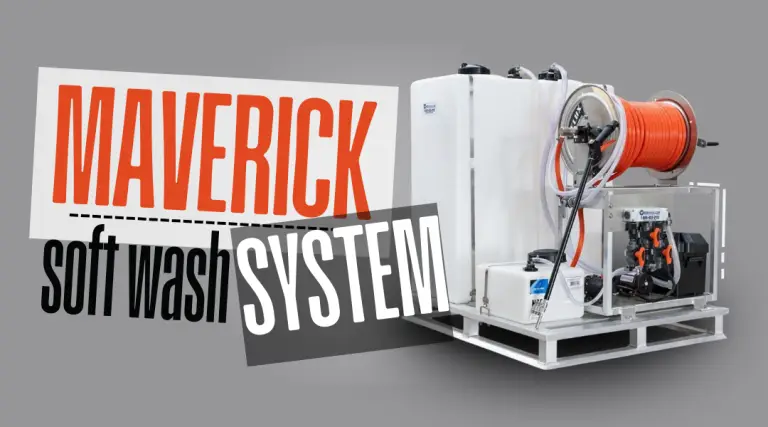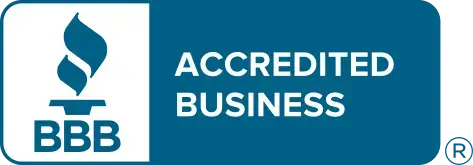- Home
- /
- PowerWash Industry
- /
- Fleet Vehicle Safety
Subscribe To Our Newsletter
Stay in the know on the latest products, deals, events, tips & tricks.
Social Media
Fleet Vehicle Safety
Are Your Vehicles in Safe Hands?
By Tom Venafro
When you talk about safety, it usually centers on OSHA and topics such as chemical safety, fall protection or confined space. For purposes of this article, safety will evolve around identifying safe drivers.
As I contemplated writing this article I thought about a Risk Assessment course I took in college. That course taught how to determine the dangers or risks associated with chemicals and what the most hazardous or dangerous occupations were. What stood out was that no matter how risky an occupation was, the greatest exposure to fatalities and injury on or off the job was driving a motor vehicle. The U.S. Department of Labor indicates that workers are more likely to die in motor vehicle crashes than in other job-related incidents. In 1996, 1,300 workers died and another 45,439 were injured. Since this reality equates to your greatest potential for employee and business loss, the following information should be considered.
Fleet Vehicle Safety
Should you develop a fleet safety program? The answer is yes, even if your fleet of vehicles is small or if transportation of people, materials and equipment is incidental to your primary business operations.
Why should you develop such a program? Vehicle accidents are the number one cause of fatalities and injuries. They cost you money, customers and goodwill among the general public.
On the positive side, motor vehicle accidents are largely preventable. They do not happen by chance. It’s estimated that defensive driving could prevent 95% of all accidents. Most accidents are attributable to driver errors such as using excessive speed, following too closely, improper passing, turning, or lane changes, failure to yield the right of way, inattentive driving, driver fatigue, using cell phones, and aggressive driving (road rage).
Should you develop a fleet safety program? The answer
is yes, even if your fleet of vehicles is small or if
transportation of people, materials and equipment is
incidental to your primary business operations.
An effective fleet safety program should include the following elements:
-
- Management’s commitment andleadership
-
- Responsibility and accountability
-
- Driver selection and hiring
-
- Written fleet safety rules, policies, and procedures
-
- Driver education and training
-
- Preventive maintenance
-
- Record keeping
-
- Accident investigations
Driver Selection and Hiring
The high costs (direct and indirect) associated with accidents are an average of $8,998. Since reducing driver error could prevent 95% of accidents, you must put the effort and resources up front and use individuals that are good drivers. A good fleet safety program begins with good drivers. An effective driver selection and hiring process will assist management in obtaining the best available drivers. During the process, consider factors such as:
-
- Age
-
- Maturity
-
- Driving experience
-
- Previous employment history
-
- Training
-
- Physical condition
-
- Training
Think about it for a moment: you hire employees you really don’t know and hand over the keys to an expensive vehicle and cargo. It is a serious matter.
When selecting a driver, you should:
-
- Make sure the applicant has a valid driver’s license.
-
- Review the employment application.
-
- Run a motor vehicle report through your insurance company prior to hiring.
-
- Conduct a personal interview.
-
- Check references.
-
- Consider the need for background investigation.
-
- Consider drug testing.
-
- Give applicant a written test or road test, or have a supervisor perform a driver safety observation checklist on the new employee. If they fail, find a new applicant.
Policies and Procedures
What are your rules? State your policy on smoking, cell phones and seatbelts while driving. Orientation is the first step in a successful drivertraining program; this is when you must communicate instructions on:
-
- Vehicle inspections
-
- Accident reporting
-
- Breakdown procedures
-
- Routes and schedules
-
- Equipment familiarization
-
- Handling cargo
-
- Special equipment
Sample Motor Vehicle Report Policy
Employees with MVRs that violate the following standards may have driving privileges revoked. The employee will be considered for a driving position at such time as the MVR shows improvement. The criteria for acceptable MVRs are as follows:
-
- No more than # moving violationsin any #year period.
-
- No more than # preventable accidents in any L year period.
-
- No restricted or suspended licensein the last # year(s).
-
- No driving under the influence(DUI) convictions in the last #years.
Driver Education and Training
For many, if not for all of us, driver education and training dates all the way back to high school. Effective, continuous training can create safety awareness among your drivers.
Training can take place in a classroom setting or on the road. Many local safety councils offer defensive driving training at an affordable cost. Document your training activities to verify content and attendance. It’s especially important to train new drivers who haven’t driven anything other than a car.
Training topics could include the following:
-
- The importance of wearing seat belts
-
- The dangers of driving while underthe influence of alcohol and/or drugs
-
- Traffic laws and regulations
-
- What to do in the event of an accident
-
- First aid
-
- Proper backing techniques
-
- Proper passing procedures
-
- Cargo securement
-
- Rural driving
-
- City driving
-
- Winter driving
Implementing a fleet safety program with close scrutiny on just how safe a driver really is will be the key element in preventing and reducing motor vehicle accidents.
Tom Venafro is Safety Manager/ISO Coordinator of Nelbud Services. He will be presenting the Safety Update at the Fall Technical Seminar in Chicago, October 5-7.
This article appeared in the September 2000 edition of “The Scratch Pad”
Related Products
Share This Post
More To Explore
Soft Wash Additive That Smells Amazing? Meet Fresh Wash
Freshen Up Every Wash Soft washing is all about precision, power, and presentation — and nothing completes a job like ...
Mastering the Art of Pressure Washing: Key Insights on Surface Cleaners
For professionals in the pressure washing industry, a surface cleaner is an indispensable tool, particularly for those who specialize in ...
The Wrangler™ Chemical Sprayer: The Ultimate Tool for Professional Cleaning Applications
For commercial cleaners and pressure washing professionals, efficient chemical application is key to achieving the best results. The Wrangler™ Chemical ...
Professional-Grade Soft Washing with the PowerWash.com Maverick 12V Soft Wash System
Soft washing is an advanced cleaning method that utilizes low-pressure water combined with biodegradable cleaning agents to effectively remove organic ...
